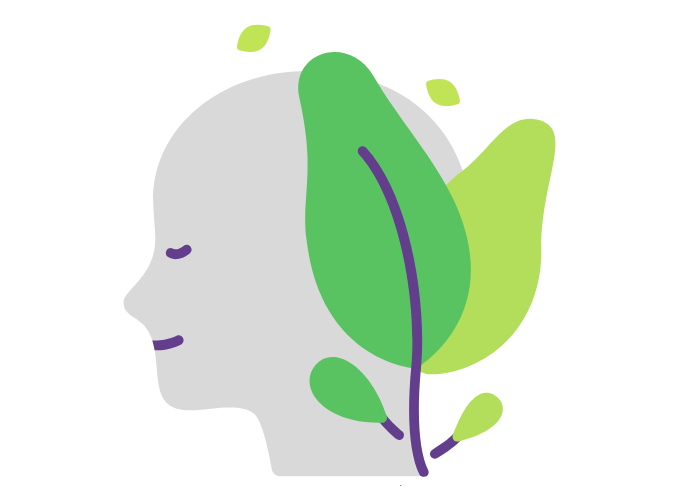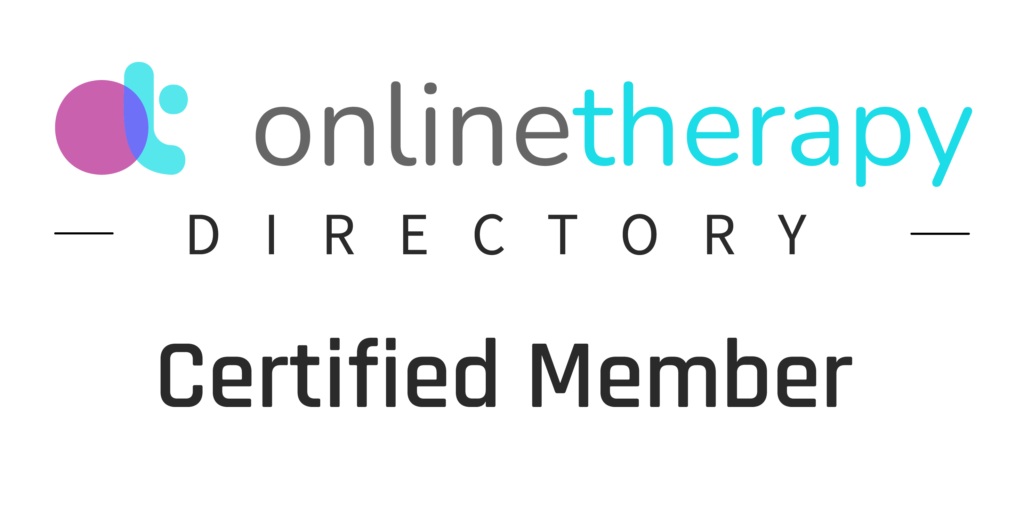
When words fall short, art and music step in to heal, express, and transform. Therapy is no longer confined to verbal communication—creative therapies like art and music therapy are gaining recognition for their profound impact on mental and emotional well-being. These modalities provide individuals with a safe space to explore feelings, process trauma, and foster personal growth without the constraints of language.
In this blog, we’ll delve into the transformative power of art and music as therapeutic tools, how they work, and the benefits they offer to individuals seeking healing and self-expression.

What Are Art and Music Therapy?
Art Therapy involves using visual arts, such as drawing, painting, sculpting, or collage-making, to express emotions and thoughts. It’s not about creating masterpieces—it’s about channeling emotions and uncovering insights through the creative process.
Music Therapy, on the other hand, leverages the power of sound, rhythm, and melody. It includes activities like playing instruments, singing, composing, or simply listening to music. The goal is to evoke emotions, reduce stress, and foster a sense of connection.
How Do These Therapies Work?
- Unlocking the Subconscious
Art and music bypass the conscious mind, allowing individuals to access and process deep-seated emotions. This is particularly helpful for those who struggle to articulate their feelings verbally.
- Non-Verbal Expression
Sometimes, words cannot capture the depth of our emotions. Creative therapies provide an outlet to convey what cannot be spoken, offering relief and clarity.
- Stress Reduction and Relaxation
Engaging in artistic or musical activities can lower cortisol levels, promoting relaxation and reducing anxiety. The rhythmic nature of music, in particular, has a calming effect on the nervous system.
- Encouraging Mindfulness
Creating art or listening to music encourages individuals to focus on the present moment, fostering mindfulness and reducing rumination.
- Building Resilience
Art and music therapy empower individuals to reframe challenges, see situations from new perspectives, and build emotional resilience.

The Benefits of Art and Music Therapy
- Trauma Healing: Many trauma survivors find solace in creative therapies, which allow them to process experiences at their own pace.
- Enhanced Emotional Awareness: Engaging in these therapies helps individuals identify and understand their emotions better.
- Improved Mental Health: Studies have shown that art and music therapy can reduce symptoms of anxiety, depression, and PTSD.
4. Increased Self-Esteem: The act of creating something can boost confidence and provide a sense of accomplishment.
5. Stronger Social Connections: Group sessions encourage collaboration and foster a sense of community.
Real-Life Stories of Transformation
- Healing Through Art: A young woman recovering from childhood trauma found relief through painting. By translating her emotions onto canvas, she gained a sense of control and closure.
- Music and Anxiety Relief: A man battling social anxiety learned to play the guitar during therapy sessions, using music to calm his nerves before social interactions.
- Art Therapy for Children: A child with autism discovered a new way to communicate emotions through drawing, improving interactions with family and peers.
Scientific Backing for Creative Therapies
Research supports the effectiveness of art and music therapy in improving mental health. A 2018 study published in the Journal of the American Art Therapy Association found that participants experienced significant reductions in stress and improved emotional regulation after just one session of art therapy. Similarly, a 2020 study in Frontiers in Psychology highlighted the role of music therapy in reducing anxiety and enhancing overall well-being.



